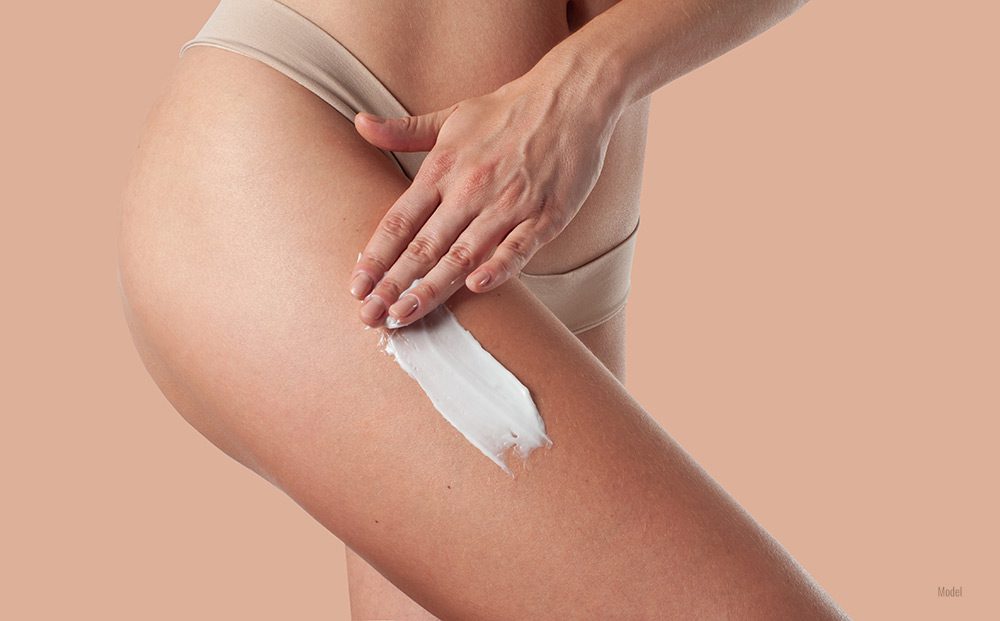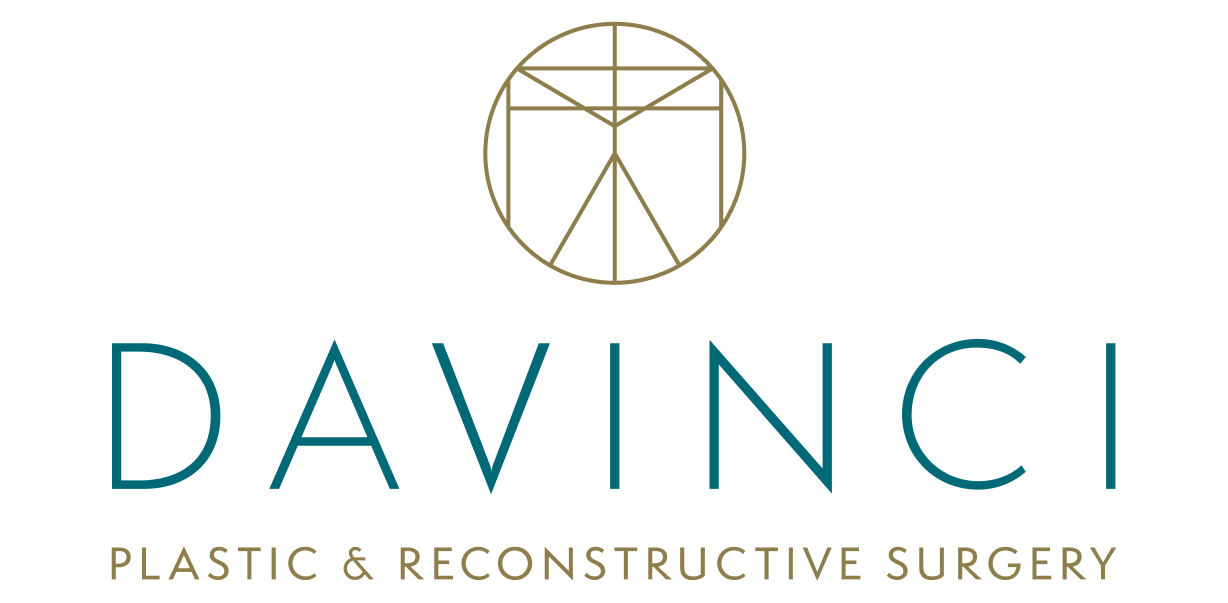Posted June 10, 2024 in Plastic Surgery Scars
5 minute read

Scars are a fact of life when it comes to surgical procedures, but you don’t have to accept them as-is. This blog discusses types of scars, ways to lessen the appearance of scars, and when scars may need revision at Davinci Plastic Surgery.
4 Min Read:
Nearly every plastic surgery patient is concerned about whether they’ll have scars after their cosmetic procedure. While scars are a fact of life when it comes to surgical procedures, there are ways to make them less noticeable. In this blog, we discuss types of scars, how to lessen the appearance of scars, and when scars may need scar revision at Davinci Plastic Surgery.
Scar Basics
It’s safe to say that almost everyone has at least one scar on their body. From the reminder of falling off a bike as a child, to residual scars from undergoing surgery, to the marks left behind from teenage acne, scars appear in many types and sizes. As much as you may dislike the appearance of a scar, they’re an inevitable part of your body’s natural healing process. When your skin is damaged, your body mends itself by forming new collagen fibers after the injury is healed.
In most cases, a well-healed scar is flat, and while it may initially be red, that color eventually fades. However, different types of scars occur according to age, skin type, and type of injury. The most common types of scars include:
- Fine line scars
- Keloid scars
- Hypertrophic scars
- Contracture scars
- Atrophic scars
Knowing which type of scar you have will help you determine what type of scar treatment is best for you.
Types of Scar Treatments
The type of scar treatment you choose will depend on the type of scar you have. Common scar treatments include:
Topical Moisturizers
Vitamin E, cocoa butter, and gentle moisturizing skin products like Aquaphor are excellent ways to keep a scar soft and flexible and strengthen the skin.
Silicone Gel or Silicone Scar Strips
Once your wound has healed, you may use silicone ointments or strips to help keep your scar from becoming raised, rigid, or stiff. Silicone applications can also help fade scars more quickly.
Pressure Treatment
Applying gentle pressure to a scar through massage or a pressure dressing or garment can help keep it softer and more flexible and prevent it from becoming raised.
Dermabrasion
Dermabrasion treatments help reduce the appearance of scars by removing the outer layer of the skin and stimulating collagen production to repair the scar. Chemical peels and microneedling can also help scars by resurfacing the skin and boosting collagen production.
Dermal Fillers
For atrophic or sunken scars, dermal fillers can plump up the area and smooth out the skin.
Cortisone Injections
Cortisone injections help to soften hard scars, as well as reduce their size.
Surgical Excision
Also known as scar revision surgery, it involves removing the scar to reduce its size or increase mobility around the area.
Below, we explain the types of scars and what types of treatments are available for each.
Fine Line Scars
Fine line scars are the typical scars that appear after you’ve had surgery or healed from an injury. They generally start as a dark line but fade to be nearly invisible over time. Fine line scars are the easiest type of scar to treat and respond well to:
- Topical treatments
- Pressure treatments
- Dermabrasion
- Cortisone injections
Keloid Scars
Keloid scars are thick, raised scars that form because your body overproduces collagen when the wound is healing. They typically extend outside the borders of the wound and occur in specific places on the body, including the chest, back, or earlobes. Keloid scars are challenging to treat and are also more prevalent in people with darker skin. They respond best to:
- Topical treatments
- Pressure treatments
- Dermabrasion
- Cortisone injections
In some cases, keloid scars can be surgically excised, increasing the risk of recurrence.
Hypertrophic Scars
Hypertrophic scars are also thicker, raised scars caused by an overproduction of collagen. However, unlike keloid scars, they form within the boundaries of the injury and are generally easier to treat. Hypertrophic scars respond typically to:
- Topical treatments
- Pressure treatments
- Cortisone injections
- Surgical excision
Contracture Scars
Contracture scars occur when a large area of skin is damaged (such as from a burn), and the scar formation causes the skin to contract and pull tightly. In some cases, the contraction of the skin can affect the range of motion of your muscles and tendons, necessitating treatment to restore full function. Contracture scars typically require surgical procedures, including Z-Plasty, tissue expansion, or skin grafts to give the skin more flexibility and return range of motion to the area.
Atrophic Scars
Scars caused by acne or other skin conditions often appear as pitting in your skin. Also known as atrophic or “ice pick” scars, this type of scar is caused by the loss of fat or muscle under the injury and insufficient collagen to fill the void adequately. The best treatments for atrophic scars include:
- Dermabrasion and other collagen-stimulating treatments
- Dermal fillers
Learn More About Scar Treatment in Washington, D.C.
If scars on your face or body make you feel self-conscious, it’s time to explore your options for minimizing their visibility. To learn more about your scar revision options, call Davinci Plastic Surgery today at 202.966.9590 or complete our online contact form.







